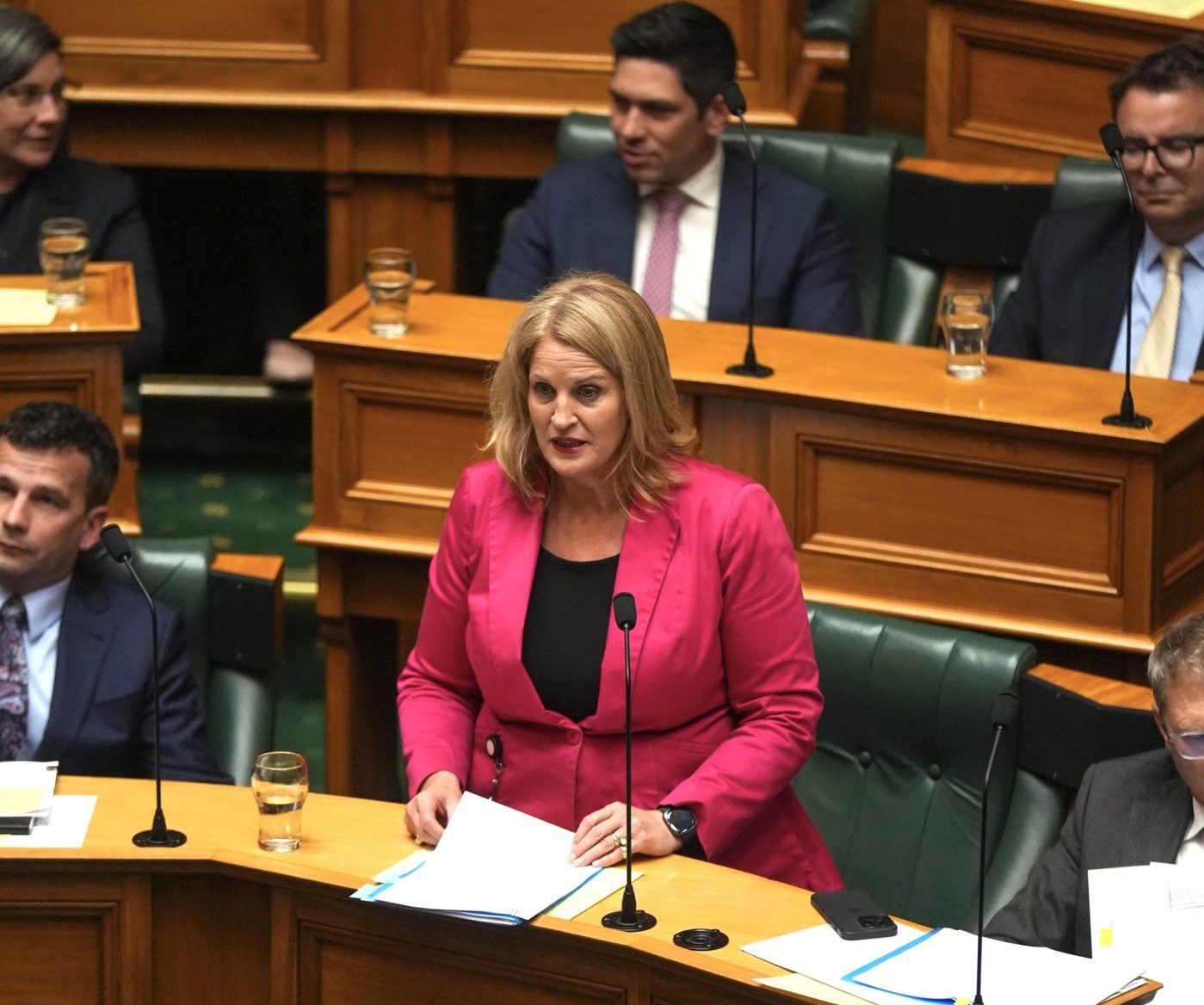
Almost 100,000 children in New Zealand are living in persistent poverty, according to the Child Poverty Action Group (CPAG) and based on the latest figures from Statistics NZ.
The organisation says the Minister for Child Poverty Reduction was required to set a reduction goal by December, making it the fourth and final primary goal under the Child Poverty Reduction Act.
Persistent child poverty is now officially defined as “children living in households with less than 60 per cent of the median household equivalised disposable income before housing costs are deducted (relative rate), in the current year and for at least two of the previous three years”.
The preliminary Stats NZ data shows 98,900 children are considered to be in living in persistent poverty in New Zealand. That’s 9.4 per cent of all children in this country.
CPAG researcher Harry Yu Shi says: “It’s important to highlight the limitations of this measure, indeed all child poverty measures when viewed in isolation, as relying on one measure risks overlooking the wider causes and solutions of child poverty.
“One of our particular concerns is the selection of the Before Housing Costs 60 income rate means the impact of our particularly high housing costs in this country may be obscured.
“That is, while this definition will indeed capture many children living without the necessary resources to thrive, family incomes after they’ve paid their essential housing costs are vitally important to discussions of persistent child poverty.”
Shi says housing costs are one of the biggest contributing factors to poverty and “we need to be really transparent about that”.
“Our high living costs are sweeping families into poverty and locking them in there.
“If we’re to truly tackle persistent child poverty in New Zealand we need to take a multi-factorial, long-term approach, which includes the provision of high-quality and affordable housing.
“A persistent poverty measure that doesn’t take into account household income after housing costs misses a core piece of both the causes and solutions to child poverty.”
Shi says a holistic plan is needed to help all children constrained by poverty, particularly those who are experiencing the deepest and most entrenched poverty.
“We need a long-term national poverty reduction strategy with the intent to stamp out systematic oppressions, not just short-term policy fixes, to truly address child poverty in New Zealand.
“A coordinated cross-ministerial strategy must be formulated that includes public housing, nutritious food in schools, a welfare system based on dignity and compassion, and benefit levels equal to liveable incomes.”
The Beehive website lists only one press release issued this year by Child Poverty Reduction Minister Louise Upston.
It was published in February and states worsening child poverty rates support the coalition Government’s focus on reducing the cost of living and getting people into work.
“Supporting parents into paid work and breaking the shackles of welfare dependency will be the cornerstone of this Government’s strategy for lifting families out of hardship and reducing child poverty rates.
“We also plan to lift the incomes of working households experiencing hardship by providing tax relief, easing mortgage pain, unlocking housing supply, making childcare more affordable, and lifting skills and education to provide our children with greater opportunities.
“This Government is committed to bringing down the cost of living and helping lift more families and their children out of hardship.”









